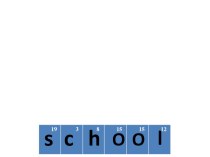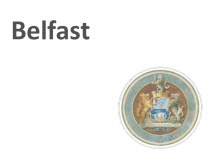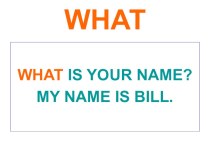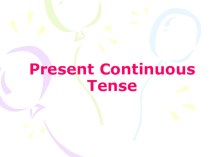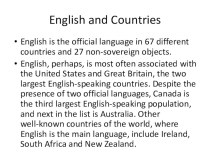- Главная
- Разное
- Бизнес и предпринимательство
- Образование
- Развлечения
- Государство
- Спорт
- Графика
- Культурология
- Еда и кулинария
- Лингвистика
- Религиоведение
- Черчение
- Физкультура
- ИЗО
- Психология
- Социология
- Английский язык
- Астрономия
- Алгебра
- Биология
- География
- Геометрия
- Детские презентации
- Информатика
- История
- Литература
- Маркетинг
- Математика
- Медицина
- Менеджмент
- Музыка
- МХК
- Немецкий язык
- ОБЖ
- Обществознание
- Окружающий мир
- Педагогика
- Русский язык
- Технология
- Физика
- Философия
- Химия
- Шаблоны, картинки для презентаций
- Экология
- Экономика
- Юриспруденция
Что такое findslide.org?
FindSlide.org - это сайт презентаций, докладов, шаблонов в формате PowerPoint.
Обратная связь
Email: Нажмите что бы посмотреть
Презентация на тему по английскому языку на тему The system of education in the USA
Содержание
- 2. Education in the United States is provided by public, private and home schools.
- 3. State governments set overall educational standards, often
- 4. Funding comes from the state, local, and federal government.
- 5. The United States spends more per student on education than any
- 6. By state law, education is compulsory over an age range starting between five
- 7. Diagram of education in the United States
- 8. Education of students with special needs Commonly
- 9. Educating children with disabilitiesThe federal law, Individuals with
- 10. Higher education 2008–2012 bachelor's degree or higher (5-year estimate) by county (percent)
- 12. A building of New York Institute of Technology on its Manhattan campus
- 13. Scripps CollegeDartmouth College
- 14. Скачать презентацию
- 15. Похожие презентации
Education in the United States is provided by public, private and home schools.
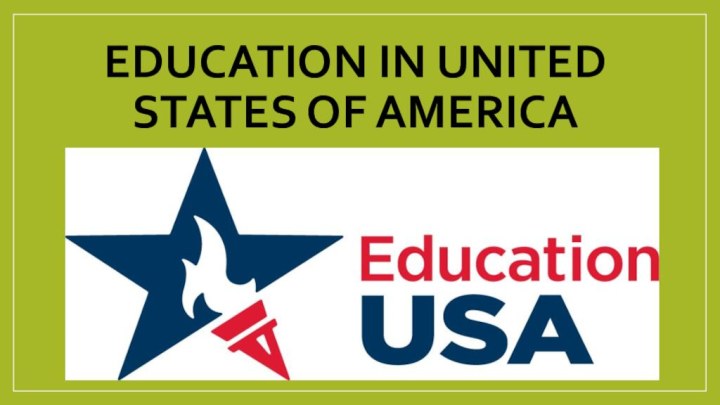




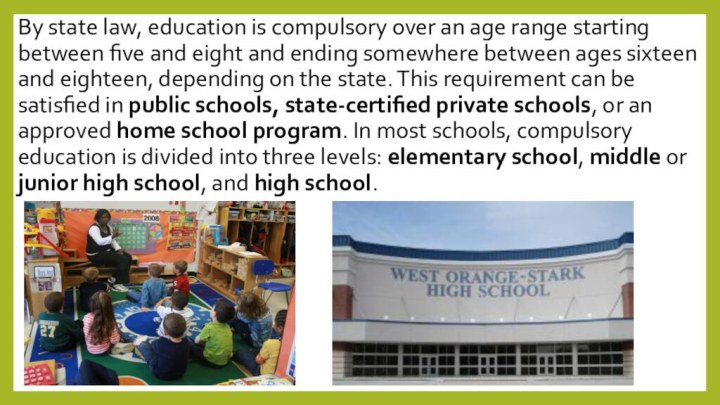
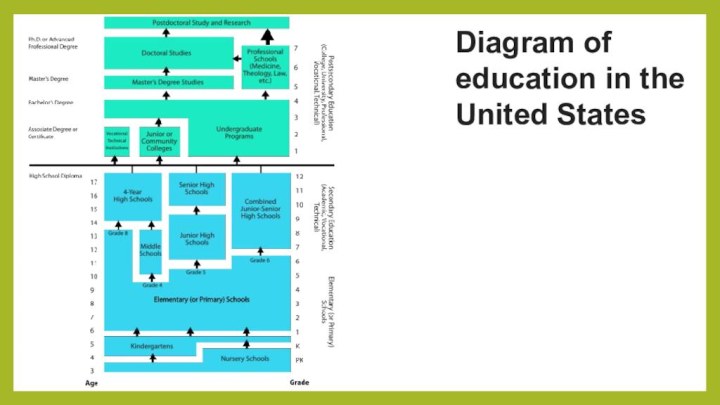
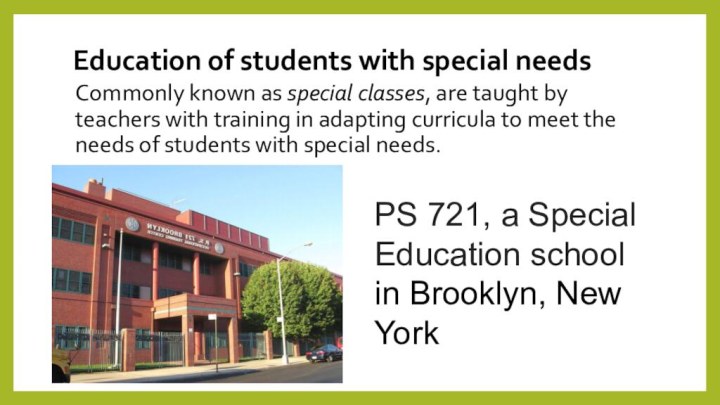
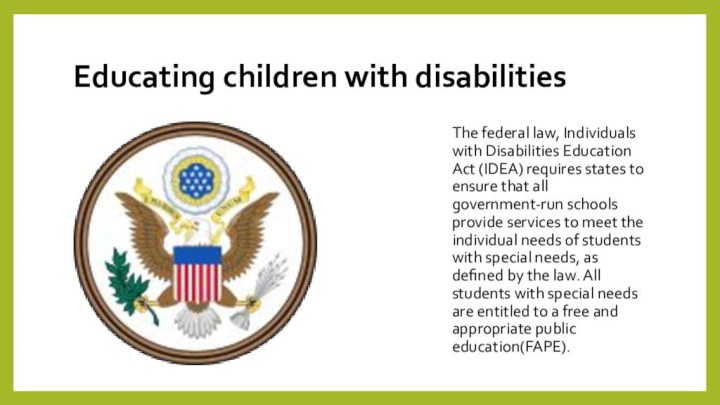
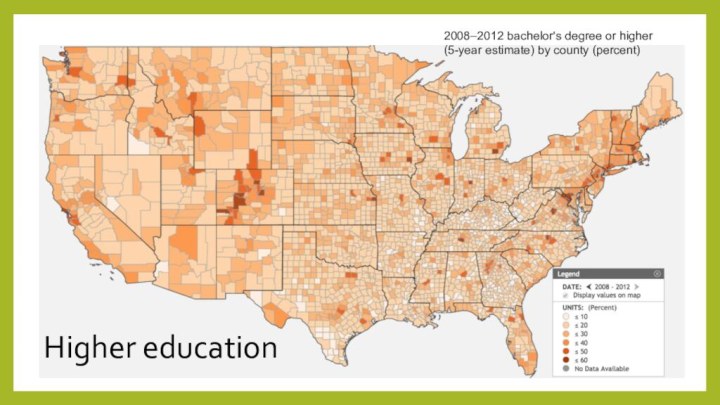
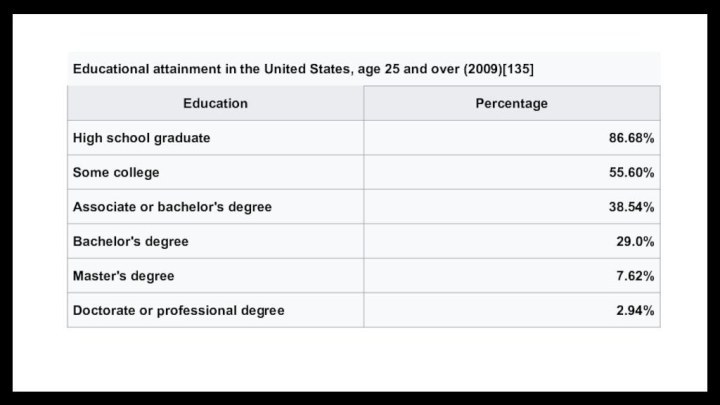
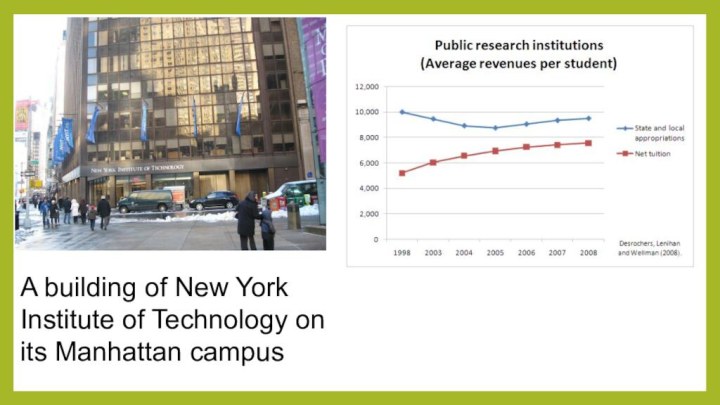
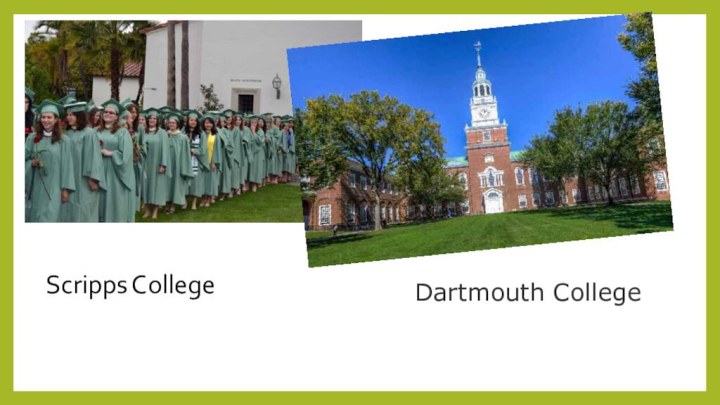
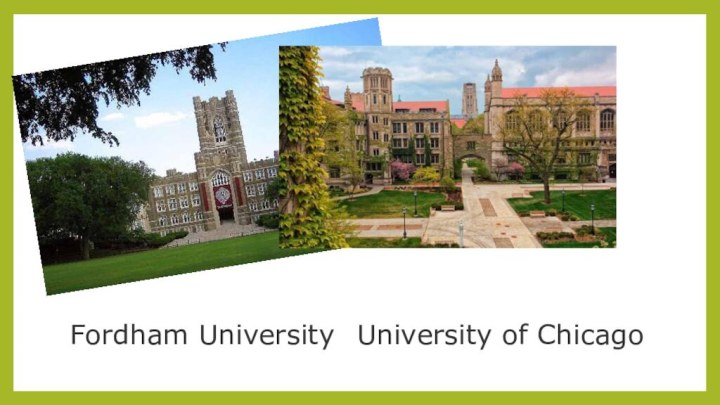
Слайд 5 The United States spends more per student on education than any other
country. In 2014, the Pearson/Economist Intelligence Unit rated US education
as 14th best in the world, just behind Russia.Слайд 6 By state law, education is compulsory over an age range starting between five and
eight and ending somewhere between ages sixteen and eighteen,
depending on the state. This requirement can be satisfied in public schools, state-certified private schools, or an approved home school program. In most schools, compulsory education is divided into three levels: elementary school, middle or junior high school, and high school.
Слайд 8
Education of students with special needs
Commonly known as special
classes, are taught by teachers with training in adapting
curricula to meet the needs of students with special needs.PS 721, a Special Education school in Brooklyn, New York



